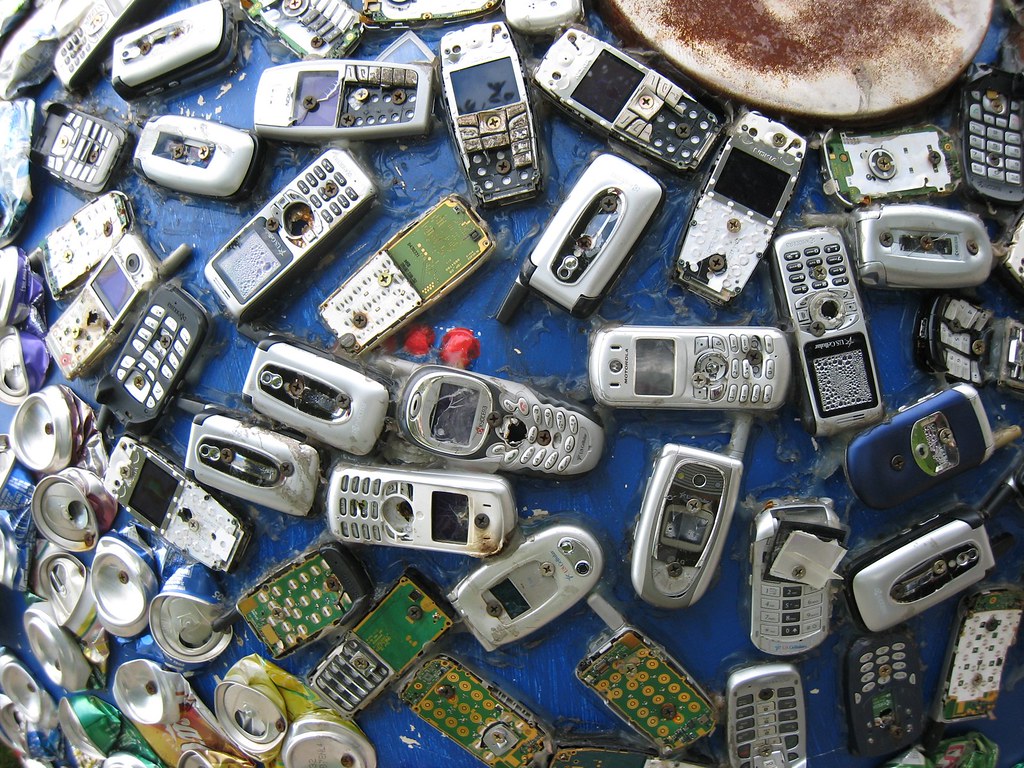During the early days of computers, if system engineers needed to fix something, they skim through the operating specifications manual and start to break out the soldering iron and fix a connection on a circuit board or other components.
According to Kyle Wiens—IEEE member and CEO of iFixit, a private company that publishes all the guides to repair most of the electronic devices online—developers could make a huge difference with some basic changes. “Regardless the size, there are numerous design features that manufacturers can use to improve their products, simple things such as utilizing accessible cases, using screws rather than adhesives, and providing easy access to parts that are most likely to break, such as screens, greatly improve the repairability of cell phones and significantly extend their life, not only to make them last longer, but to help promote a more sustainable and environmentally friendly future”, he said.
By taking steps to make mobile devices more repairable, manufacturers could not only have a positive impact on the environment, but also on their corporate images, since the upgrade cycle of mobile devices seems to be a big part of profits.
Disposal and throwing cellular phones in the trash can contaminate both the groundwater and the landfills with several toxic substances. Cell phones and cell phone batteries contain arsenic, by disposing of phones containing arsenic in a dump, that arsenic will eventually leach out into the environment leading to a relatively quick death.

In addition, some cell phone batteries contain lead in the internal printed circuit boards to lower the solder melting point. Environmental lead contamination can adversely affect plants, animals, and people. It can damage the central nervous system and the peripheral nervous system, and also affects the kidneys and circulatory system.
Most cellphones contain mercury, that quickly finds its way to waterways causing brain damage when ingested. Brominated flame retardants used on circuit boards, phone cables and cases might raise the incidences of certain cancers. Once these flame retardants are released from their bases, they can become concentrated in the food chain and damage the lymphatic and digestive systems.
Although cadmium levels in cellular phones have dropped, as batteries using cadmium have been replaced by more modern batteries; semiconductors, resistors and infrared light detectors often contain cadmium. Doses as low as 10 mg can trigger symptoms of cadmium poisoning, including choking, vomiting and abdominal pain. Higher doses of cadmium can be fatal.
The idea of making phones that last longer is a brilliant idea, the Federal Communications Commission recently proposed that users should be able to switch carriers from GSM to 3G and LTE, which is known as 4G, without getting a new phone. That would save money and the environment as well, since it would prevent, or at least delay, throwing a lot of phones.
References
mashable.com
technewsdaily.com
ifixit.com